A brief article reviews several types of molecular machines that chemists have built to mimic biology and provide movement for future types of nanotechnology.
A brief article reviews several types of molecular machines that chemists have built to mimic biology and provide movement for future types of nanotechnology.
The 2013 Foresight Technical Conference: Illuminating Atomic Precision will be held January 11-13, 2013 in Palo Alto, CA USA.
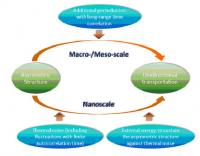
A theoretical study shows that although thermal noise cannot be used to produce useful motion by mesoscale or macroscale machines, it can be used by nanoscale machines without violating the second law of thermodynamics.
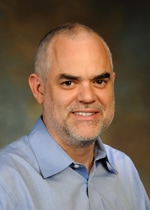
The demonstration that the process of DNA replication is more flexible than thought should make it easier to incorporate unusual amino acids into designed proteins, which might make it easier to design novel protein machines.
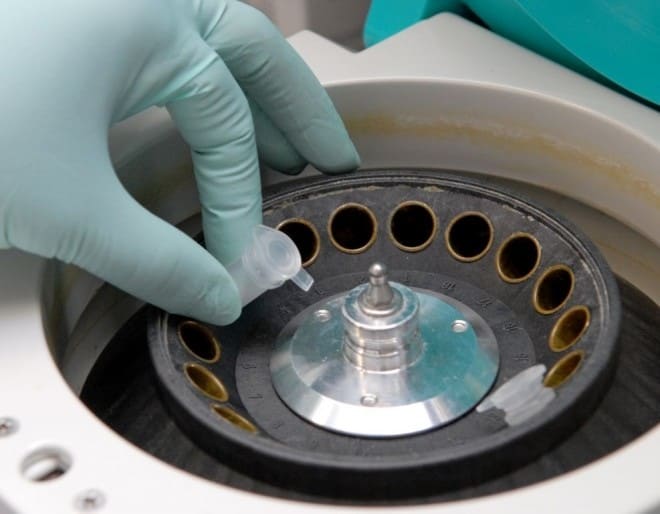
Darpa has launched a “Living Foundries” program to bring an engineering perspective to synthetic biology to greatly accelerate progress through standardization and modularization.
A set of rationally engineered transcriptional regulators for yeast will make it easier to build complex molecular machine systems in yeast, some of which may become useful additions to pathway technologies for atomically precise manufacturing and productive nanosystems.
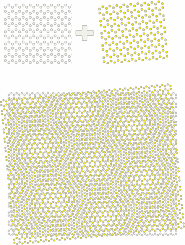
A combination of a molecular motor protein and a nanopore protein has been harnessed for rapidly sequencing single DNA molecules.
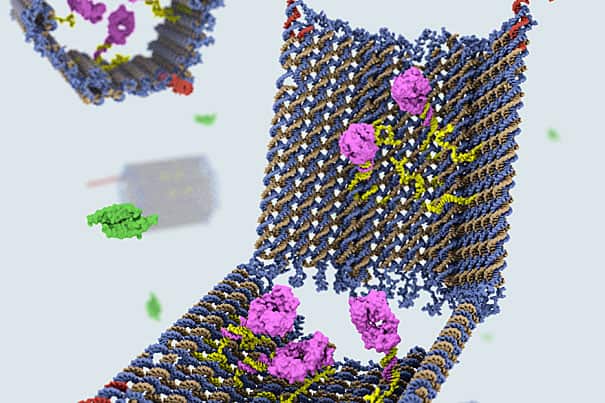
Functioning DNA nanorobots to deliver specific molecular signals to cells were designed by combining DNA origami, DNA aptamers, and DNA logic gates.
A talk at TEDxBerkeley includes nanotechnology among the options for digital fabrication, one of five new rules of innovation.
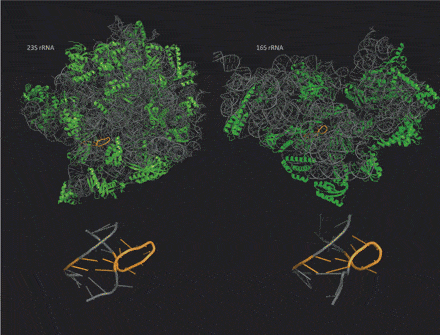
New computational methods to explore the rapidly expanding collection of high resolution three-dimensional RNA structures reveal new RNA structural motifs, identifying additional building blocks for complex RNA nanostructures.